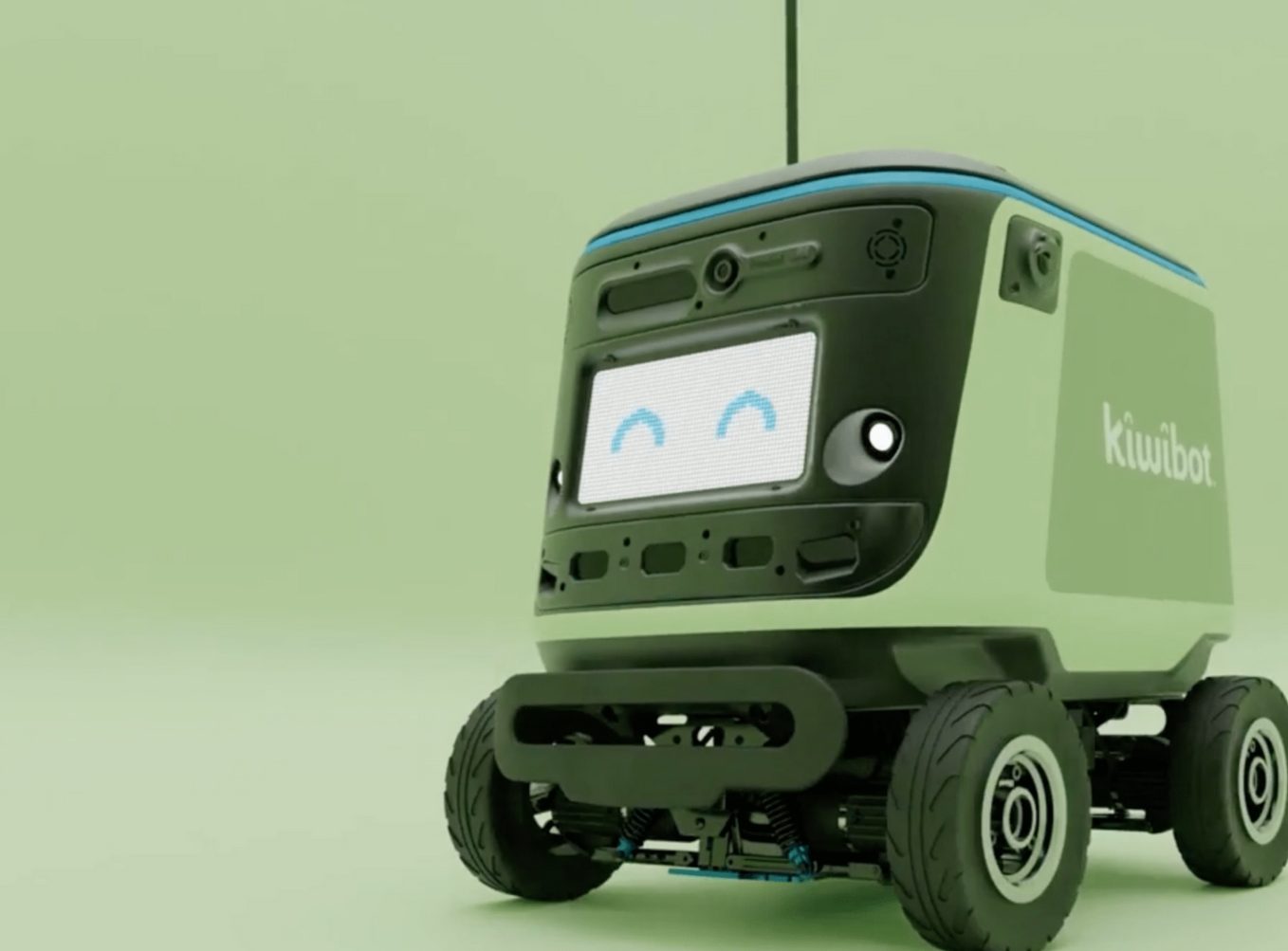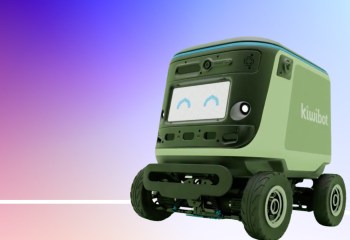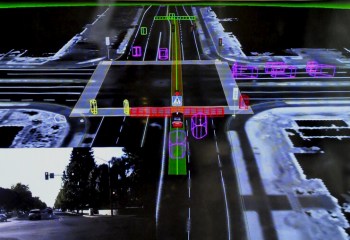EXECUTIVE SUMMARY
The Knight Autonomous Vehicle (AV) Initiative is a multi-year collaborative effort between the Urbanism Next Center at the University of Oregon, Cityfi, the cities of Detroit, Pittsburgh, and San José, and Miami-Dade County (the “cohort”) to pilot and learn about automated mobility technologies today to shape the future of deployment tomorrow.
The four jurisdictions had originally planned to test passenger AV pilots but due to both the Covid-19 pandemic and changes in the AV market, these were substituted for automated delivery pilots. With this transition, the cohort partnered with Kiwibot to learn more about a new technology—sidewalk delivery robots. Through this partnership, Kiwibot tested different use cases and collaborated on community engagement opportunities in each locale. Given the proliferation of bills being passed by state legislatures legalizing deployment of personal delivery devices (PDDs) or sidewalk robots, and the increased delivery demand due to the pandemic, the pilots were well timed to able to meaningfully inform the cohort cities about the potential benefits and challenges of sidewalk delivery robots.
The PDDs primarily were used for food and goods delivery from local restaurants and stores to residents who chose to participate. Three key objectives for the pilots were established:
1. Learn about PDD technology and understand the technical issues, opportunities, and challenges.
2. Educate and engage with community members about this technology to better understand how the application of it can best align with community needs.
3. Work with private sector companies testing these products to identify challenges and opportunities, with the goal of ultimately delivering positive societal outcomes for community members.
This report provides an overview of the pilot design in each locale, presents key findings, and offers a set of recommendations based on the cohort’s experiences. Pilots are often time-intensive and challenging to pull off, but they also provide valuable learnings, and these pilots were no exception. Here are our top five takeaways:
- Events and demonstrations were the best ways to engage community members and onboard them into a new experience. Cohort staff felt that the most valuable engagement came from events and demonstrations where community members were able to directly interact with the technology. These opportunities gave residents the ability to experience the technology on their own terms, such as through the partnership with Veggielution in San José where interested participants could opt in to receiving a delivery by sidewalk robot. These kinds of low-stakes engagement opportunities are important and illuminating.
- Pilots should test with low-stakes deliveries. Given the challenges discovered throughout the pilots, such as navigating large intersections and other issues in the built environment, this technology is not ready to fulfill essential community needs. Opt-in models where the person receiving the delivery is not dependent on the success and timeliness of the delivery for essential services is the responsible way to deploy these technologies at this stage of development.
- Partner selection—technology providers and local partner businesses—is crucial to success. The relative size and maturity of an AV and new mobility business may impact willingness to collaborate, with newer start-ups more willing to collaborate and engage with cities than larger and more advanced companies. Kiwibot was a willing and enthusiastic partner, but they lacked expertise in some areas at the outset of the pilots, such as in their understanding of infrastructure conditions and associated data. Kiwibot worked to improve their products over the course of the pilots, but their lack of experience presented challenges for the cohort at times. Additionally, Kiwibot and cohort staff discovered that it is more difficult to bring local, small businesses into these pilots without long timeframes and significant support to help onboard the local businesses with incorporating the new technology.
- There is value in city-level control while business models and technologies are maturing but not yet ready to scale. Robots had a difficult time navigating the built environment in some places, particularly in areas with wide intersections or poor sidewalk conditions. They also had a limited delivery range, which was one reason it proved difficult to formulate partnerships with local businesses. Cities benefit from being able to have local control while the built environment issues with this technology are being resolved and the business models are being refined. At this point, it would be challenging to enact flexible and enforceable enough state-level rules given the numerous implementation issues.
- A cohort model adds value and leverage. Having the four cohort locales pilot the same technology simultaneously with the same private sector partner enabled staff to share learnings and resources in real-time. They collaborated on memorandums of understanding (MOUs), data sharing agreements, and engagement materials. By working together, they were also able to make collective demands of Kiwibot that they may not have been able to do on their own. At the same time, Kiwibot gained valuable insights from cohort staff, such as the types of infrastructure data that are most valuable to local agencies.



